The Great Storm of 1703 was one of the most severe storms or natural disaster ever recorded in the southern part of Great Britain. The storm came in from the southwest on November 26, 1703. Observers at the time recorded barometric readings as low as 973 millibars (measured by William Derham in south Essex), but it has been suggested that the storm may have deepened to 950 millibars over the Midlands.
In the English Channel, fierce winds and high seas swamped some vessels outright and drove others onto the Goodwin Sands, an extensive sand bank situated along the southeast coast of England and the traditional anchorage for ships waiting either for passage up the Thames estuary to London or for favorable winds to take them out into the Channel and the Atlantic Ocean. The Royal Navy was badly affected, losing thirteen ships, including the entire Channel Squadron, and upwards of fifteen hundred seamen drowned.
- The third rate Restoration was wrecked on the Goodwin Sands; of the ship's company of 387 not one was saved.
- The third rate Northumberland was lost on the Goodwin Sands; all 220 men, including 24 marines were killed.
- The third rate (battleship) Stirling Castle was wrecked on the Goodwin Sands. Seventy men, including four marine officers, were saved, but 206 men were drowned.
- The fourth rate Mary was wrecked on the Goodwin Sands. The captain and the purser were ashore, but Rear Admiral Beaumont and 268 other men were drowned. Only one man, whose name was Thomas Atkins, was saved. His escape was very remarkable - having first seen the rear admiral get onto a piece of her quarter-deck when the ship was breaking up, and then get washed off again, Atkins was tossed by a wave into the Stirling Castle, which sank soon after. From the Stirling Castle he was swept into a boat by a wave, and was rescued.
- The fifth rate Mortar-bomb was wrecked on the Goodwin Sands and her entire company of 65 were lost.
- The sixth rate advice boat Eagle was lost on the coast of Sussex, but her ship's company of 45 were all saved.
- The third rate Resolution was lost at Pevensey on the coast of Sussex; all her ship's company of 221 were saved.
- The fifth rate Litchfield Prize was wrecked on the coast of Sussex; all 108 on board were saved.
- The fourth rate Newcastle was lost at Spithead. The carpenter and 39 men were saved, and the other 193 were drowned.
- The fifth rate fire-ship Vesuvius was lost at Spithead; all 48 of her ship's company were saved.
- The fourth rate Reserve was lost by foundering off Yarmouth. The captain, the surgeon, the clerk, and 44 men were saved; the other 175 members of the crew were drowned.
- The second rate Vanguard was sunk in Chatham harbour. She was not manned and had no armament fitted; the following year she was raised for rebuilding.
- The fourth rate York was lost at Harwich; all but four of her men were saved.
Lamb (1991) claimed 10,000 seamen were lost in one night, a far higher figure, about 1/3 of all the seamen in the British Navy. Shrewsbury narrowly escaped a similar fate. Over 40 merchant ships were lost.
Today's event is taken directly from http://en.wikipedia.org/wiki/Great_Storm_of_1703


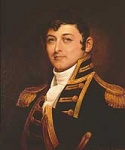



 Reply With Quote
Reply With Quote


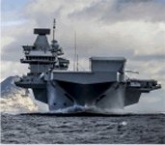

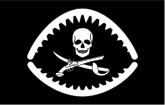


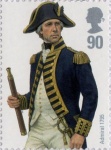
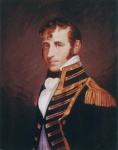




Bookmarks